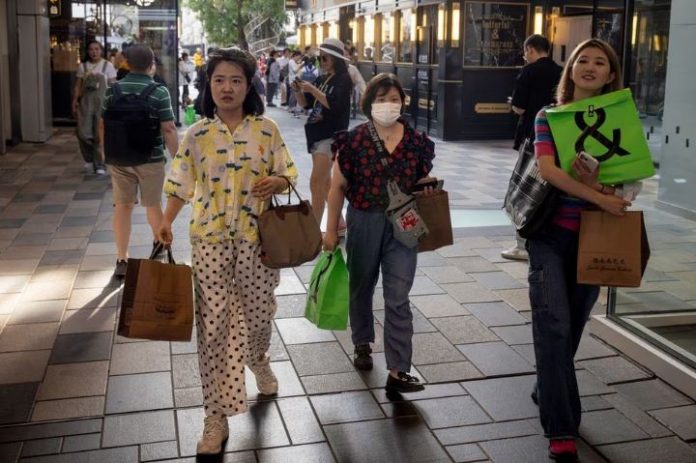Erin Yao would like to take street dance classes and travel, activities she could not do during three years of COVID-19 restrictions in China.
Instead of pursuing such goals, as many economists had expected consumers to do once China lifted those curbs, she is saving more of her salary than she did during the pandemic, when she felt compelled to stock up on basic necessities.
“I would ask myself if I have enough savings for treating an unexpected illness. If I lose my job, do I have enough money to sustain myself until I find a new one?” said the 30-year-old book editor.
Yao’s reluctance to spend is the result of an economic growth model from the 1980s that many say has relied too heavily on investment in property, infrastructure and industry and not enough on empowering consumers to earn and buy more.
But while faltering growth in the world’s No.2 economy has given rebalancing a new sense of urgency, transferring economic resources to households would require difficult decisions that would cause even more near-term pain.
Specifically, boosting households’ share of national income would mean a decline in the share of other sectors, either businesses – in particular China’s sprawling industries – or the government sector.
“Their fall will make a recession unavoidable,” said Juan Orts, China economist at Fathom Consulting.
“We think that this is a price that Beijing is not willing to pay,” said Orts, who sees China heading towards “Japanification,” which refers to Tokyo’s “lost decades” of economic stagnation since the 1990s.

































